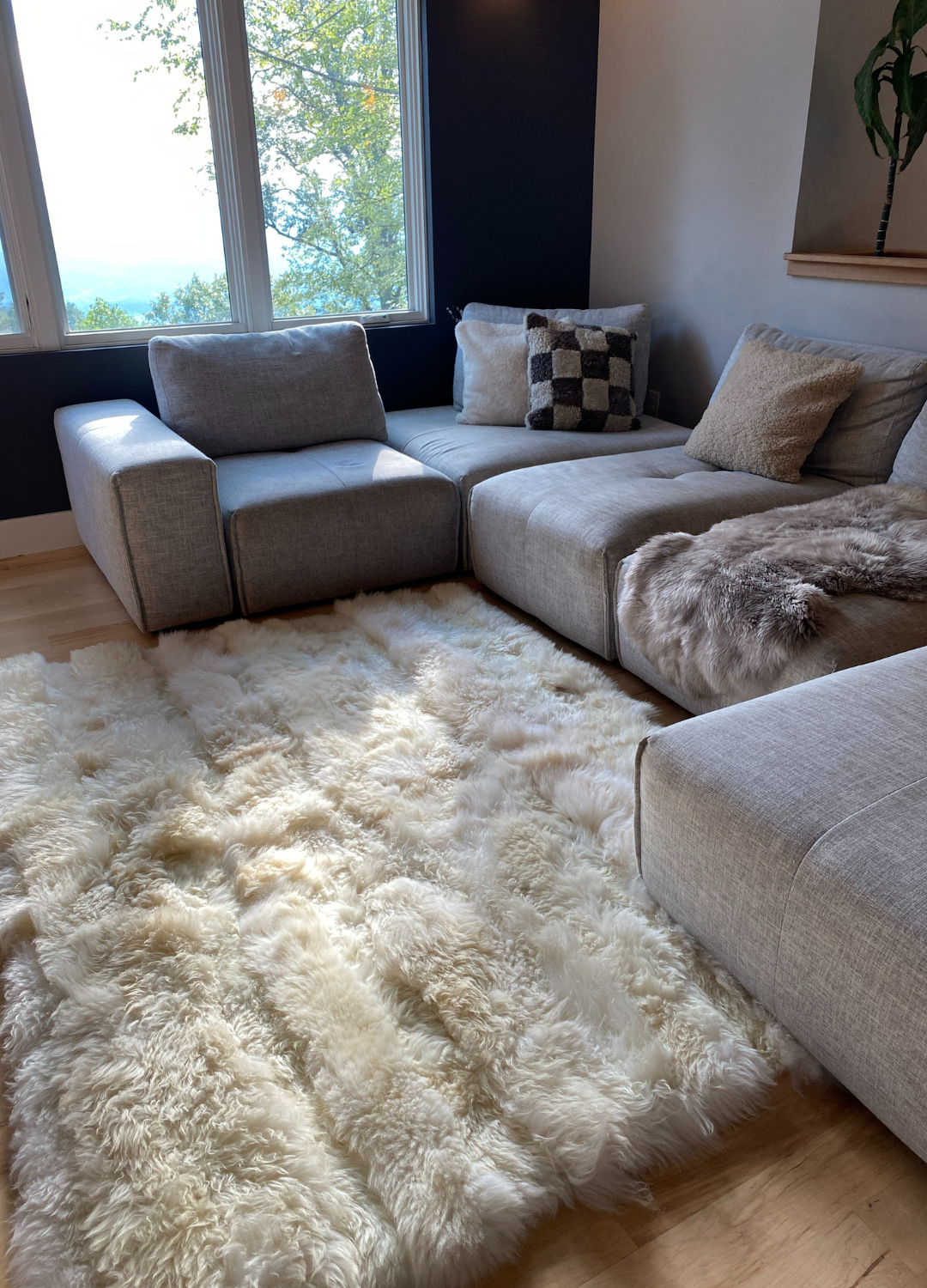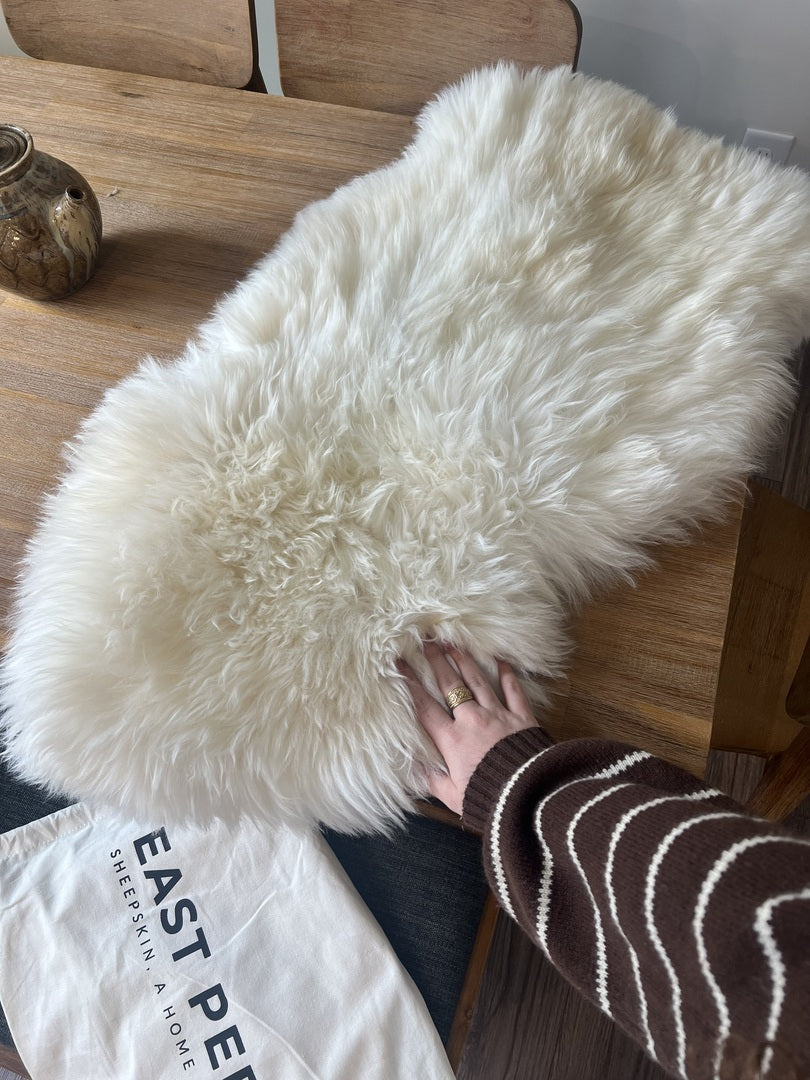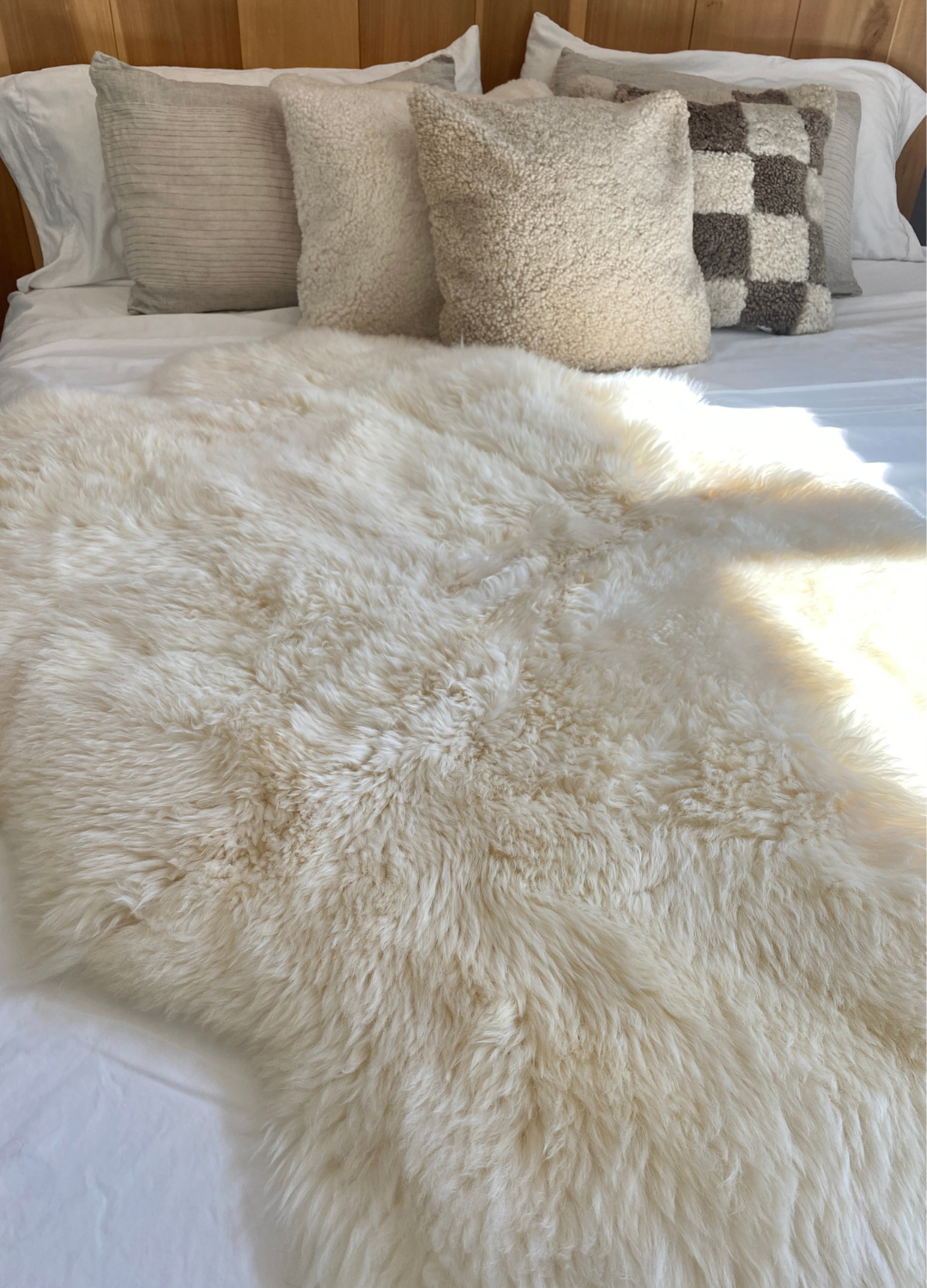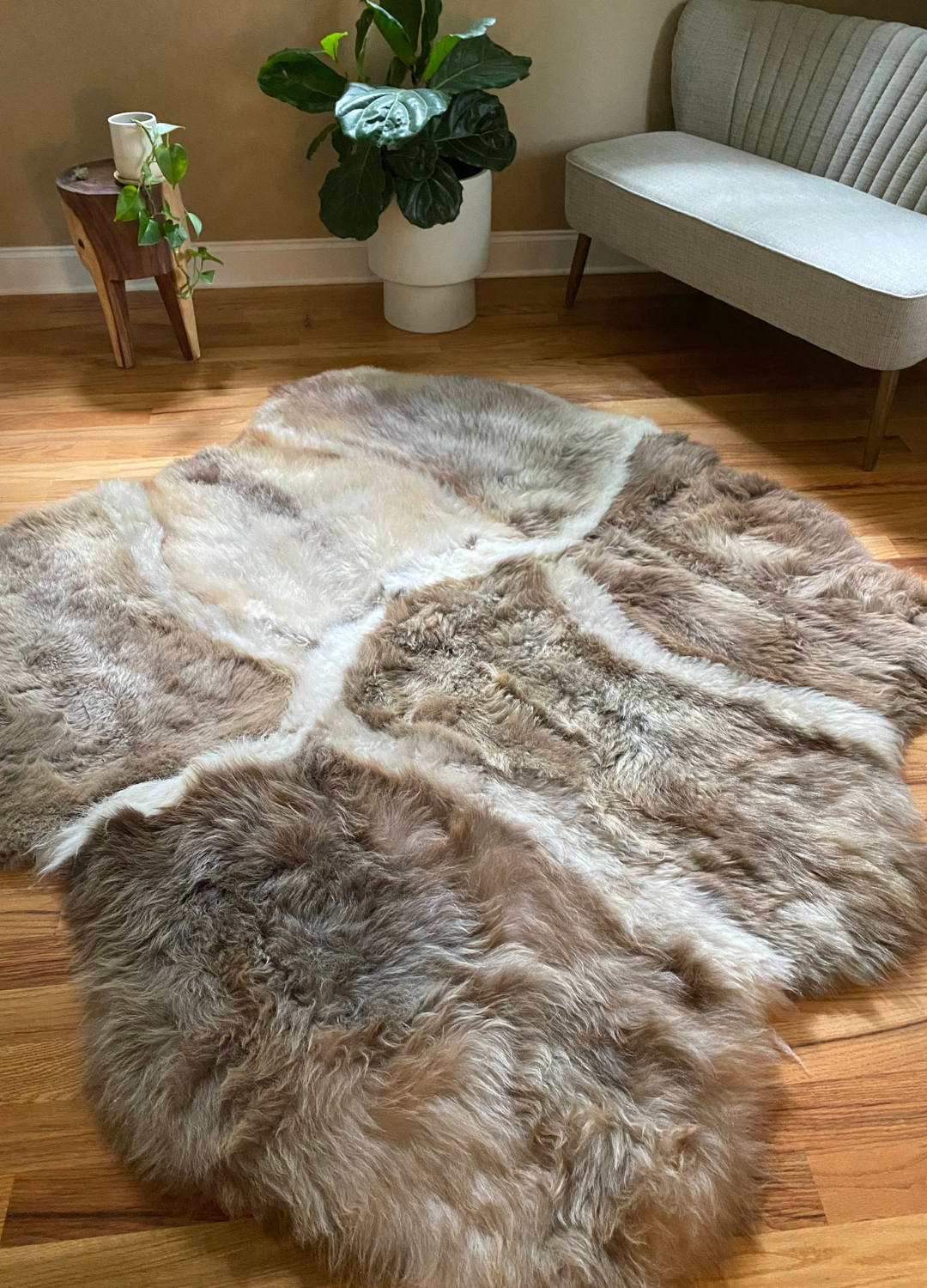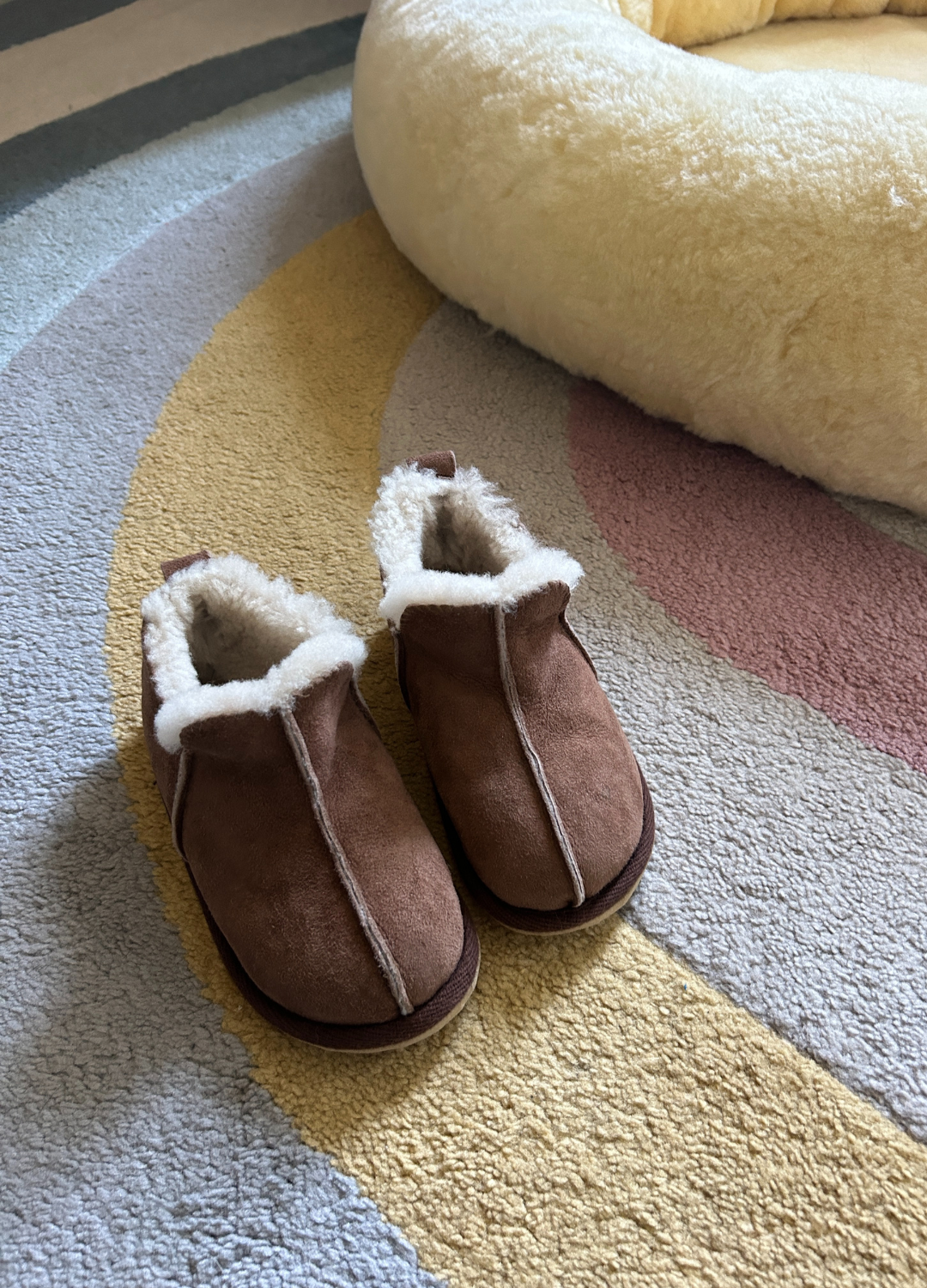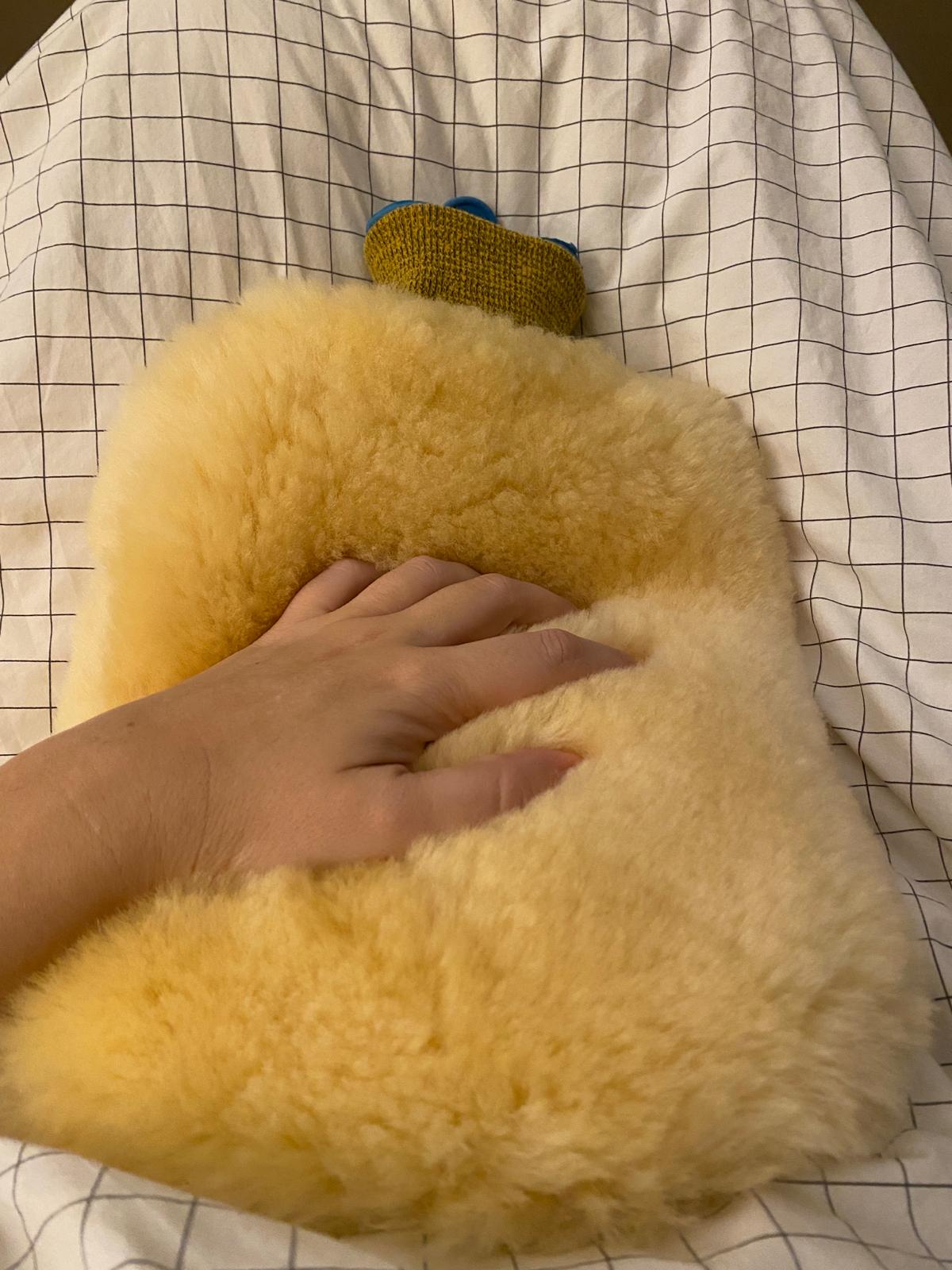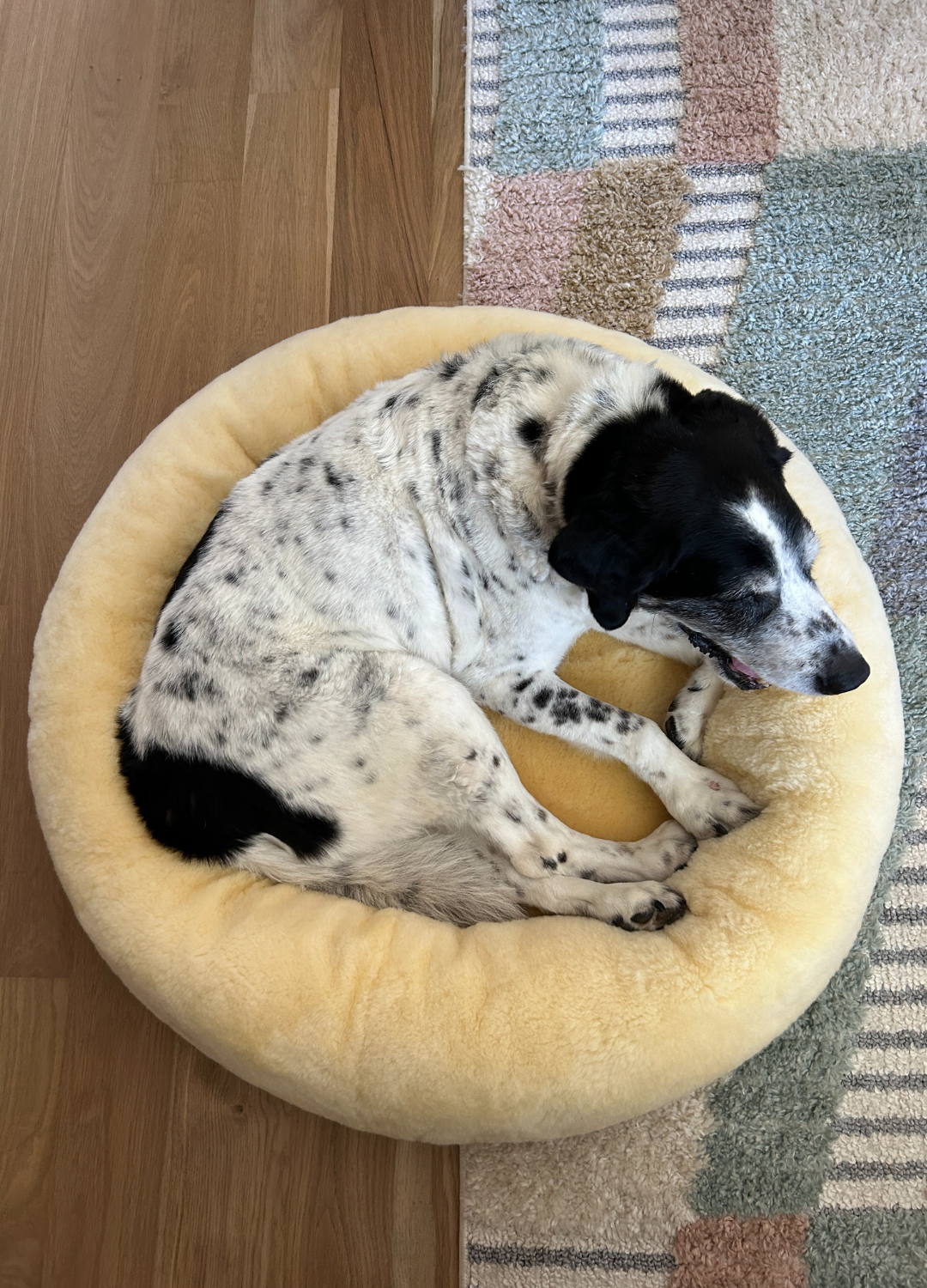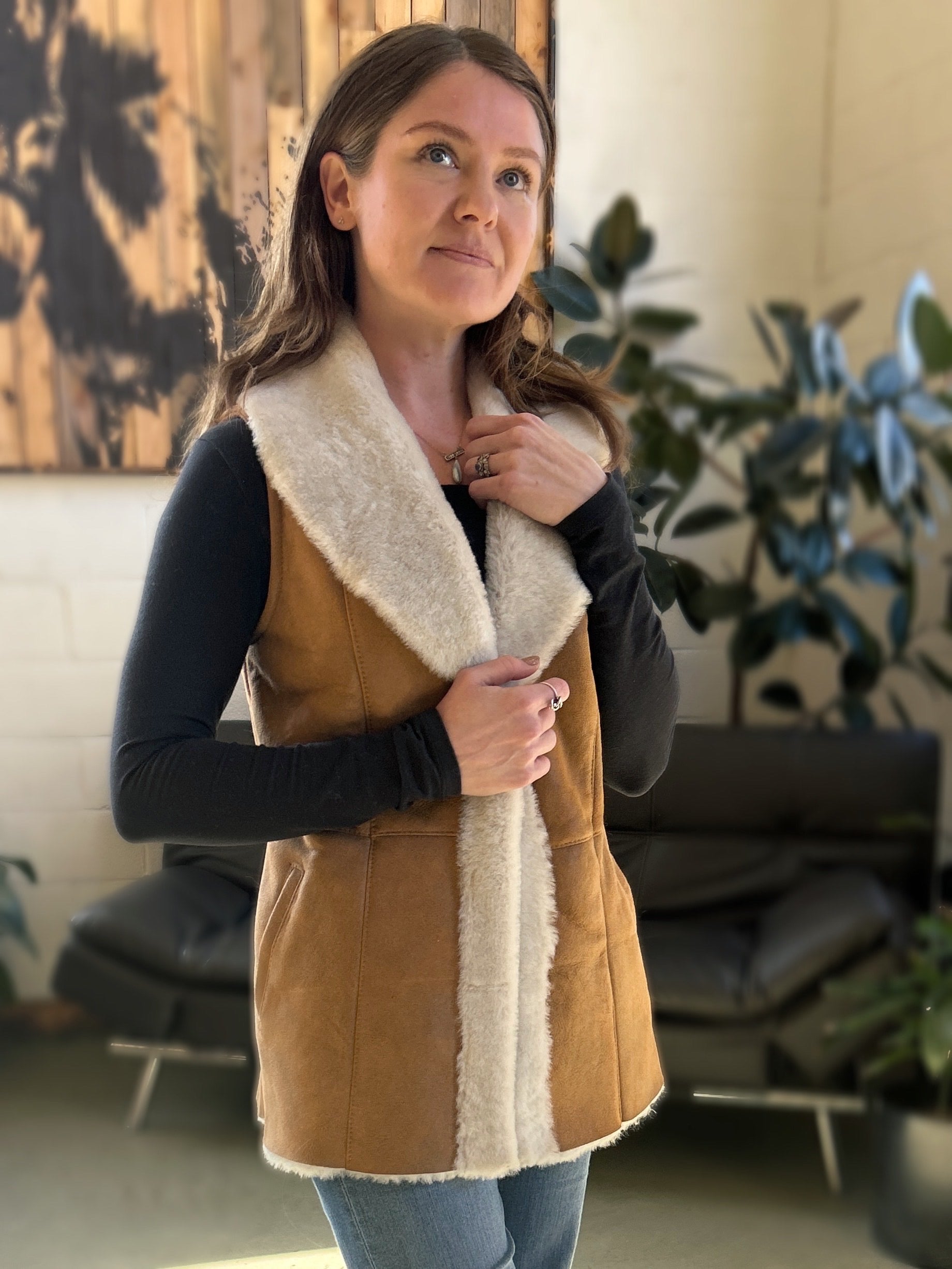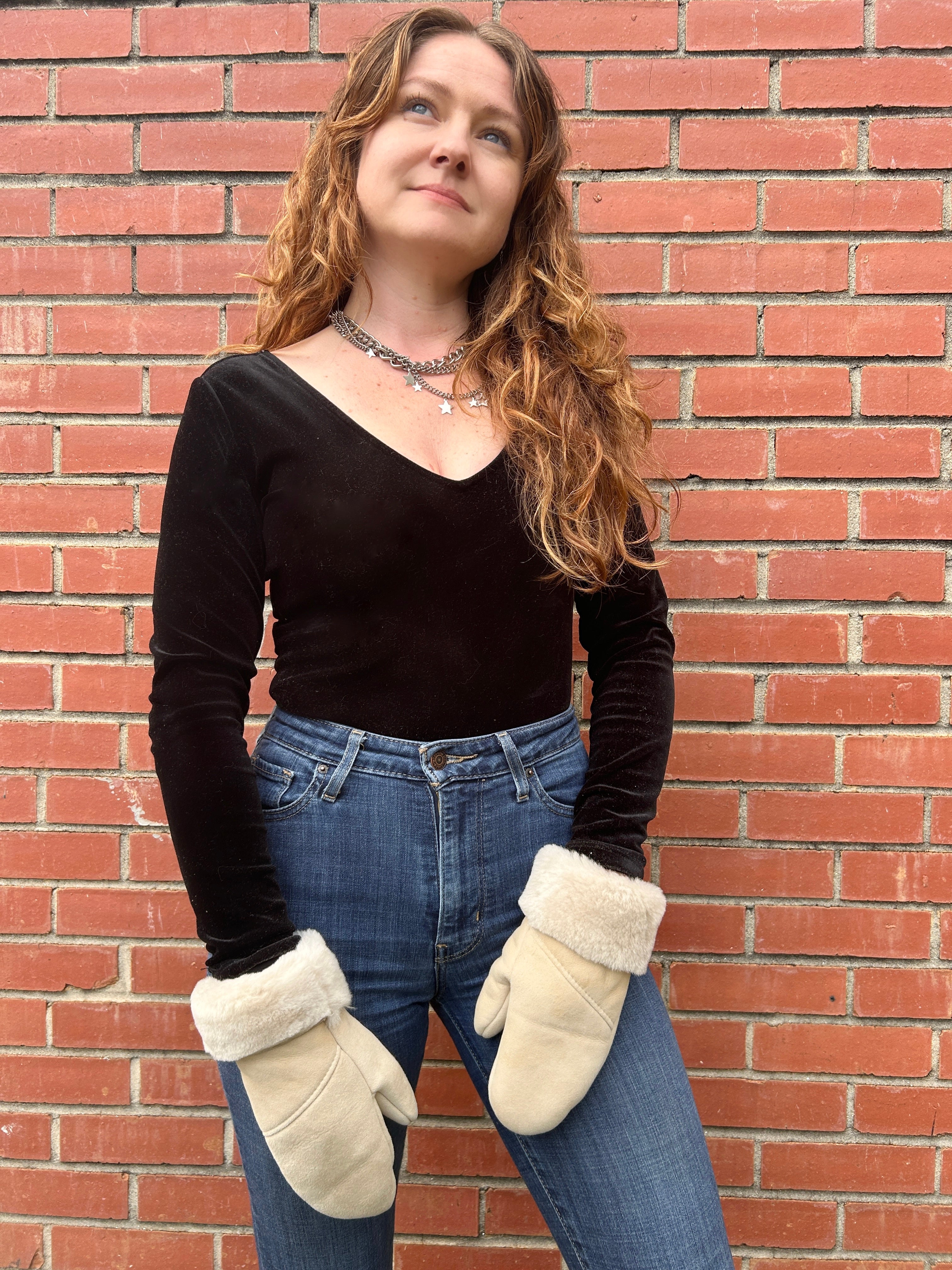Decoding the Signs: Is Your Dog's Yawning a Sign of Stress?

It was a Tuesday afternoon, and the house was quiet except for the tap-tap-tap of my keyboard. I was focused on an email, but a small movement caught my eye. My dog, who had been lying peacefully near my desk, lifted his head, looked at the corner of the room for no apparent reason, and let out a long, slow, exaggerated yawn. Then he licked his lips, laid his head back down, and let out a little sigh.
A few years ago, I would have thought nothing of it. "Sleepy boy," I might have murmured. But on my journey to understand the quiet language of our pets, I've learned that very few things they do are without reason. That yawn wasn't about being tired. It was a sentence, a quiet communication I was only just beginning to learn how to read.
It was a "stress yawn," a fascinating and subtle signal that our dogs use to navigate their own feelings and the world around them. Learning to tell the difference between a sleepy yawn and a stress yawn has been one of the most insightful parts of my education in creating a truly empathetic and peaceful home.
More Than Tiredness: The Yawn as a "Calming Signal"
A stress yawn is a fascinating piece of dog body language known as a "calming signal." Calming signals are a set of subtle behaviors dogs use to de-escalate a situation, avoid conflict, and soothe their own anxiety. Think of it as their way of saying, "I'm feeling a little uncomfortable right now," or "I mean you no harm."
When a dog yawns in a situation that isn't related to waking up or going to sleep, they are often trying to release a bit of their own internal tension. It’s a self-soothing mechanism, like when we might take a deep breath or nervously fiddle with our hands. They also use it to signal to other dogs, and to us that they would prefer a situation to be less intense.
How to Read the Room: The Sleepy Yawn vs. The Stress Yawn
So, how can you tell the difference? It all comes down to context and the other signals that accompany the yawn.
-
The Sleepy Yawn: This is the yawn we all know. It happens first thing in the morning when they're stretching, or late at night when they are curling up to go to sleep. It’s typically a wide, relaxed, and natural-looking yawn. Their body is loose, their eyes might be soft and squinty, and the moment feels peaceful.
-
The Stress Yawn: This yawn feels different. It often seems more prolonged and deliberate. It happens in situations that could be subtly stressful: when a stranger approaches, during a training session, when you bring out the nail clippers, or even, as I noticed, during a moment of undefined quiet that may feel unsettling to them.
Look for these accompanying signs:
- Averted Gaze: They might turn their head away slightly as they yawn.
- Pinned Ears: Their ears might be held back closer to their head.
- Lip Licking: A quick lick of the lips often follows a stress yawn.
-
Body Tension: Their body might seem a bit stiffer than a sleepy, relaxed dog.
Other Quiet Conversations: More Subtle Signs of Stress
The stress yawn rarely happens in isolation. It’s part of a rich vocabulary of quiet communication. As you start to notice the yawns, you’ll likely begin to see other calming signals, too. Things like:
-
"Whale Eye": When they show the whites of their eyes.
-
The "Shake Off": A full-body shake as if they’re wet, but they are perfectly dry. This is a common way dogs release tension after a stressful encounter.
-
Sniffing the Ground: Suddenly becoming intensely interested in sniffing a random spot on the floor can be a way to avoid a stressful interaction.
Learning to see these signs is like learning a new language. As you begin to understand it, you’ll be able to offer comfort before your dog’s quiet whisper of anxiety turns into a shout.
This is a journey we explore more deeply in our complete guide to creating a sanctuary for the anxious dog.
Responding with Compassion
Once you recognize a stress yawn, what should you do? The most compassionate response is often the simplest.
First, take a gentle inventory of the situation. What might be causing the stress? Is a guest getting a little too close? Is the vacuum cleaner running? Are you asking them to do something they find confusing?
Your goal is not to stop the yawn, but to address the underlying feeling. This might mean adding distance between your dog and the stressor, changing your tone of voice to be more gentle and encouraging, or simply ending a training session for the day. It is an act of advocacy for their emotional well-being.
Learning to read these subtle signs has deepened my bond with my dog immeasurably. It has transformed me from a simple caregiver into a trusted confidant. It reinforces my belief that our role isn’t just to provide food and shelter, but to create a space where they feel so fundamentally safe that they have fewer and fewer reasons to send these quiet signals of stress.



























